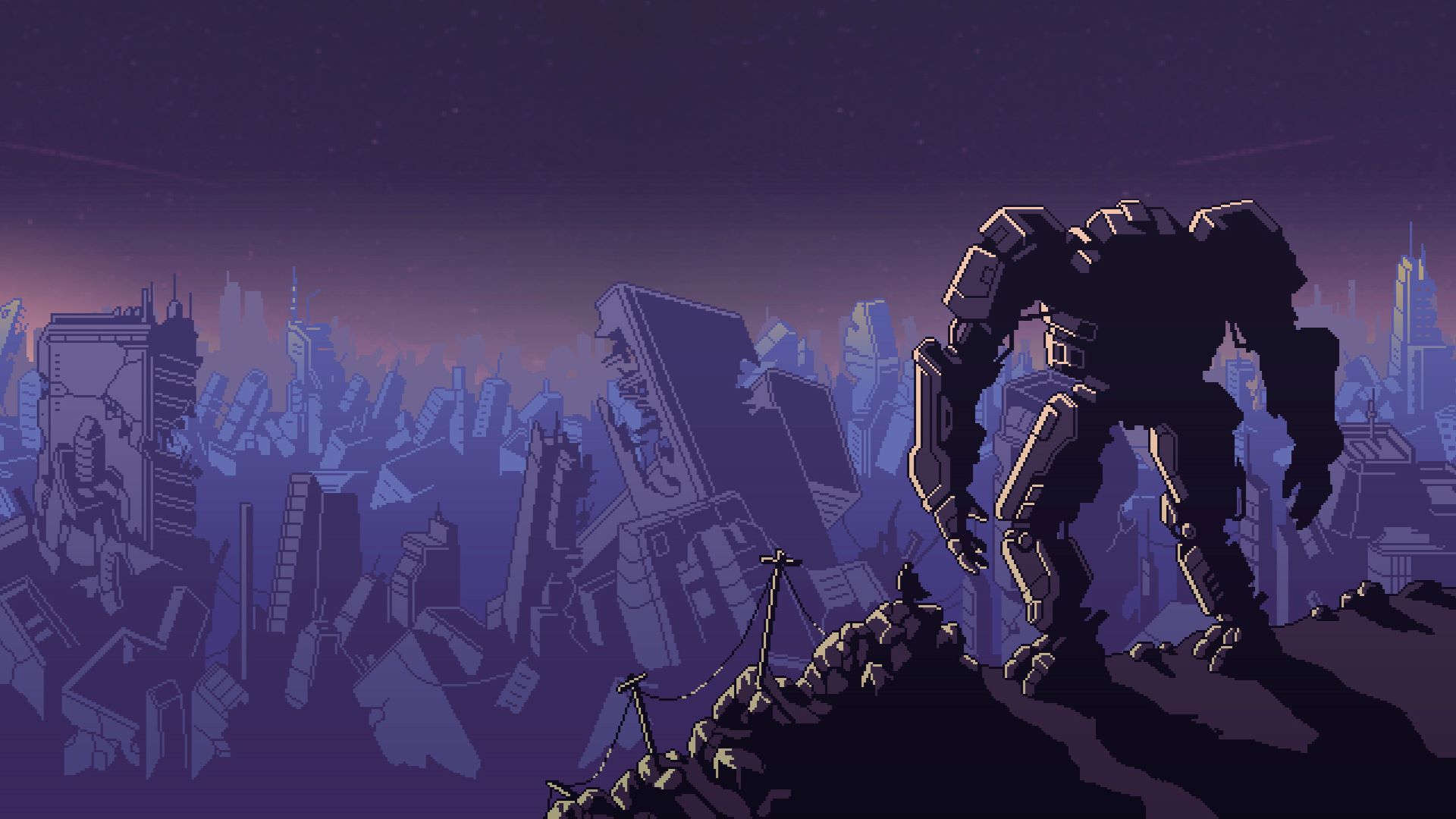The Great War: Western Front's persistent world is as much your enemy as the Imperial Army
The Great War: Western Front is a strategy game that thrives in its inadvertent moments

In The Great War: Western Front, timing is everything. You will live and die based on the speed and timeliness (or lack thereof) of your actions. Send your troops across enemy lines too soon, and they'll be brutally slaughtered by enemies camped in the trenches. Delay on ordering a squadron to commandeer a derelict, enemy-occupied building, and they'll pelt you with mortar shells from above at range. I wasn't around during the actual first World War – my great grandfather on my dad's side fought in it; with my grandfather having fought as a Commando in WW2 – but I imagine this is true of the real thing.
And while I'm clearly being flippant (of course this was true of the real thing, and, indeed the myriad video game interpretations of WW1 that have surfaced over the last half century or so), realism is something The Great War: Western Front developer Petroglyph Games is striving for in its upcoming "definitive" World War 1 strategy game. During an hour or so of hands-on playtime, I learned this the hard way.
Attention!


You see, on paper it all sounded so simple. "Mission overview, November 2017," read the header of an information bulletin sent my way at the start of my assignment. "Our orders are to capture Passchendaele (Control Point Z) and hold it – the Germans will not make this easy. Our artillery is ready to support the initial attack but make sure you stay on schedule." In practice, this meant advancing on the Imperials, forcing our way into their encampment, and capturing a control point within a time limit of seven minutes. Easy peasy. That is, until I sent my first squad to their doom after enacting a bold-as-brass, Glasgow street gang-style advance which otherwise resembled a fatal game of Chicken.
Flustered, I then attempted to flank one section of the enemy assault, but instead left my guys totally exposed. It took all of six seconds for 200-odd troops to shuffle off this mortal coil – each with a German bayonet poking them in the back, watching them fall face-first into the mud. I then sent my third group so far wide of the action that I think they ended up back in Scotland, so the less said about them the better. Poor bastards.

"There's an addictive quality about The Great War: Western Front that bodes well for long-term campaigns".
Which is to say – The Great War: Western Front does not hold your hand. But that's a good thing. Because once I finally realized I could advance virtually unseen just behind the creeping barrages that rolled out from my base to the enemy's in steady intervals, I was then able to breach the Imperial trenches and take over their occupancy piece-by-piece. If you know your WW1 history better than I do, you might have caught on quicker – creeping barrages were ultimately recognized as among the most effective means of infantry assault at the time – but the sense of achievement gleaned from working this out on my own was second to none.
After time, I was able to call in my own light and heavy field artillery, as well as air strikes and support just as the mission overview had promised. But getting all of this done in just seven minutes proved too stern a task for me and my troops, as we found ourselves raising the white flag time and time again. There's an addictive quality about The Great War: Western Front that bodes well for long-term campaigns, and the inevitability of mission replays as things step up over the course of four in-game years, though, and the fact that the game's persistent world is always changing means decision-making on the fly is essential.
To this end, here's what Petroglyph says on that: "In The Great War: Western Front, the devastation dealt to the land, and the effects of extreme weather, is represented in gameplay – not only visually, but in persistent environmental changes that can transform the dynamic of any battle. As the seasons tick over, and more and more scars of war are laid down, new challenges emerge for you to overcome. Just like the commanders of WW1, you will need to react to – and anticipate – these changes to protect your infantry, overcome the elements, and maintain your push towards victory."
Weekly digests, tales from the communities you love, and more
Which, tied in with the developer's commitment to realism, and the fact The Great War: Western Front keeps pulling me back in, I think, sounds really cool. If you do too, The Great War: Western Front is due at some point next year on PC via Steam and the Epic Games Store.
Plan the rest of your year with the best strategy games out now

Joe Donnelly is a sports editor from Glasgow and former features editor at GamesRadar+. A mental health advocate, Joe has written about video games and mental health for The Guardian, New Statesman, VICE, PC Gamer and many more, and believes the interactive nature of video games makes them uniquely placed to educate and inform. His book Checkpoint considers the complex intersections of video games and mental health, and was shortlisted for Scotland's National Book of the Year for non-fiction in 2021. As familiar with the streets of Los Santos as he is the west of Scotland, Joe can often be found living his best and worst lives in GTA Online and its PC role-playing scene.


